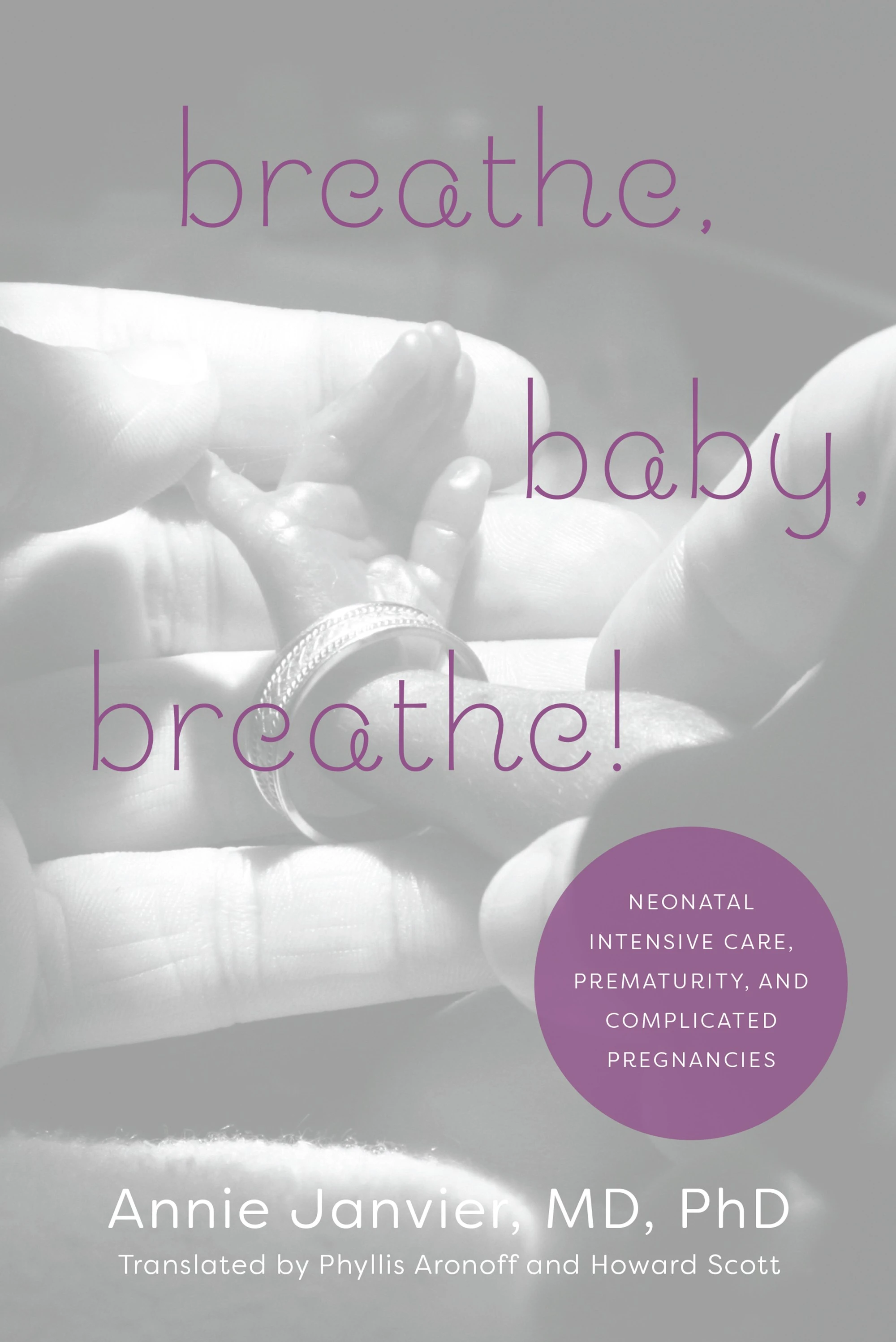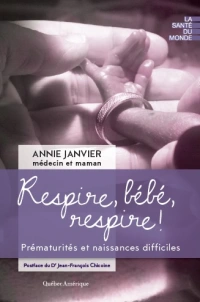Following on from my 2 recent posts, a new publication from the CHILD-BRIGHT network in Canada, (Synnes A, et al. Redefining Neurodevelopmental Impairment: Perspectives of Very Preterm Birth Stakeholders. Children. 2023;10(5) Open Access). CHILD-BRIGHT being a slightly tortuous acronym derived from Child Health Initiatives Limiting Disability—Brain Research Improving Growth and Health Trajectories. The article reports a study in which they asked a large number of stakeholders, mostly parents of extreme preterms, about whether they considered a particular outcome to be “a severe health condition”. This question was asked about 11 different scenarios, and respondents were also asked to rate the health of the child from 1 to 10.
The scenarios were constructed in order to reflect what are considered to be “severe NDI”, some examples are below, the terms in parentheses were not shown to participants, who all received a randomly selected 5 scenarios from the 10 that were created, the first 4 of which are shown below, who had isolated problems, everyone also received the scenario of a child without any delay or impairment.

Some of the scenarios had problems in more than one domain.

The figure below shows the proportion of respondents who thought that the scenario was a severe health condition. The infant with a cognitive delay, scenario 3, designed to be more than 2SD below the mean of the normal population on their BSID3 cognitive score, was considered a severe health condition by only 4.6%.

The babies with delay in both language and cognitive development, or with cerebral palsy, with or without a language delay, were more likely to be considered to have a severe health condition.
There was little difference in the rankings, or in evaluations as a “severe health condition” between parents, health professionals, respondents who themselves had been born preterm, teachers or others.
You might think that scenario 3 is not what you would yourself consider a severe health condition; surely that is not what is meant in follow up studies as being a “severe NDI”? It is important to recognize that the first and last authors of that study are 2 of the powerhouses of neonatal follow up in Canada, Anne Synnes and Thuy Mai Luu, and that the scenarios were carefully constructed to accurately reflect current definitions. As they state in the discussion:
“Stakeholders, parents, and clinicians generally rated the clinical scenarios more favorably than expected. This is important because the term “severe neurodevelopmental impairment” is used to make professional recommendations about life and death decisions. These outcomes are also used to communicate with parents and prepare them for the future. Our results identify the potential for miscommunication when the term “severe” is used.”
To emphasize, these scenarios reflect outcomes for which the label of “severe NDI” is applied in follow up studies. These scenarios reflect outcomes for which we may then discuss with parents the options of ending life-sustaining treatments.
Even I, as a long time critic of “NDI”, was taken aback by this study; the descriptions of actual children, satisfying criteria for “NDI”, sometimes in more than one domain, should give us all pause. Do we really think that limiting care for a baby, because of an increased risk of one of these outcomes is appropriate? That is not to say that occasional babies have outcomes more dramatic than these. There are occasional babies with profoundly limited function. I don’t know if there are reliable ways to predict those outcomes in the neonatal period.
Until follow up studies start to report on functional outcomes, using scales such as the GOS-E, that I recently mentioned, it will be impossible to know whether there are factors that we can use in the neonatal period to predict outcomes that are valid reasons for withdrawing life-sustaining interventions.









Pingback: “Death or NDI” does it matter… to anybody? | Neonatal Research